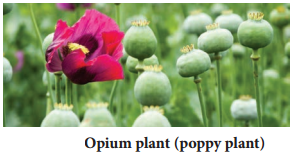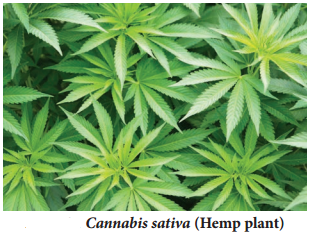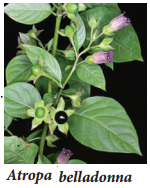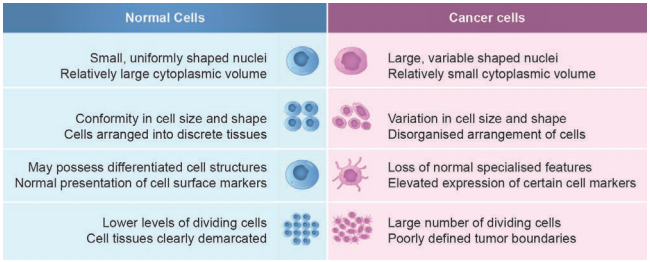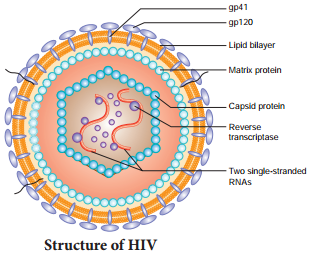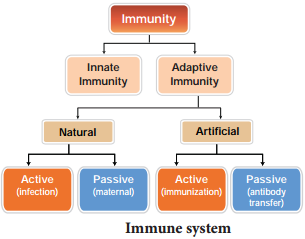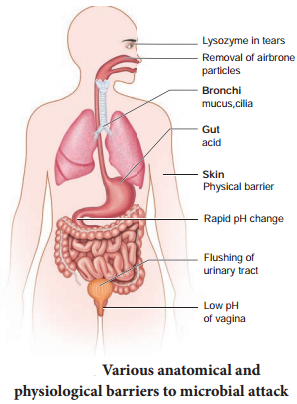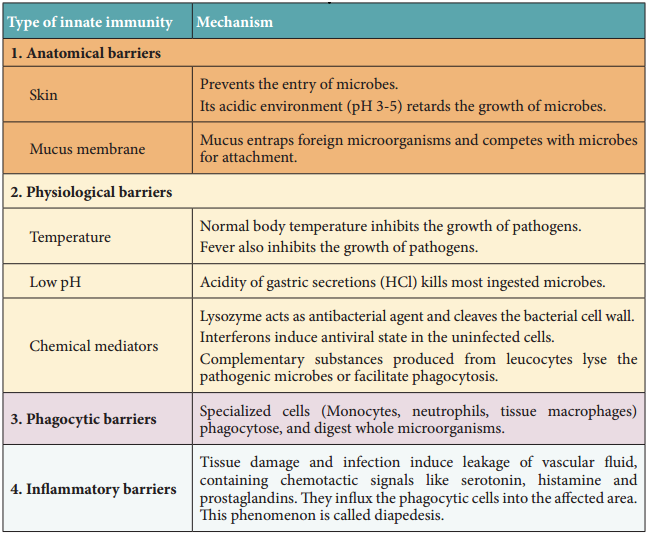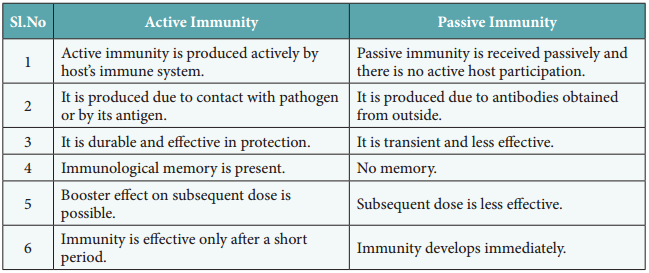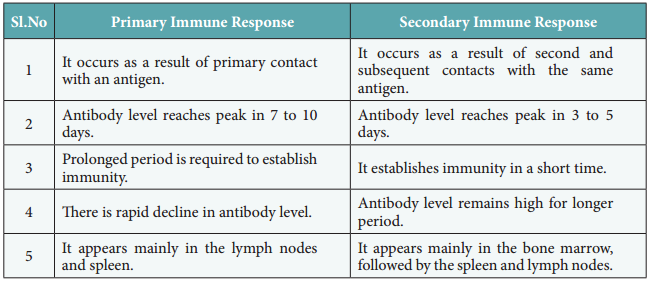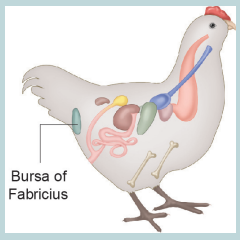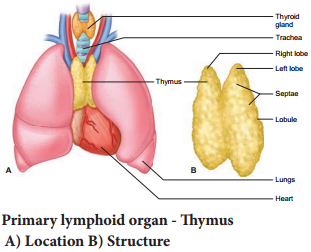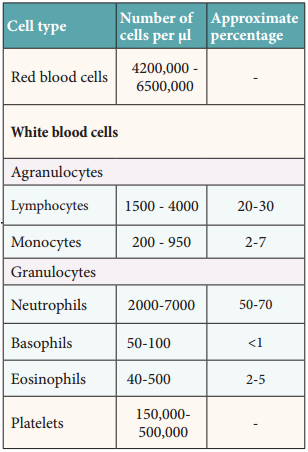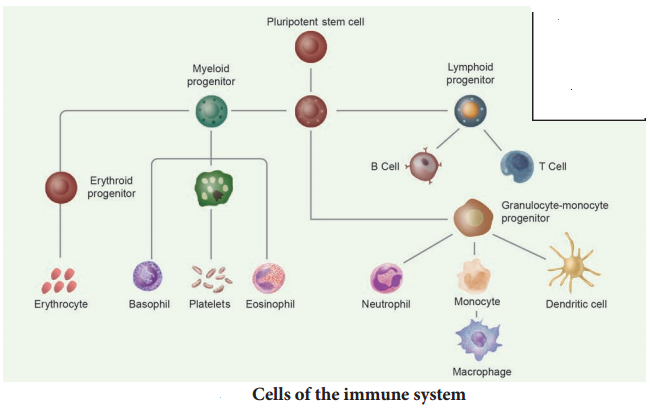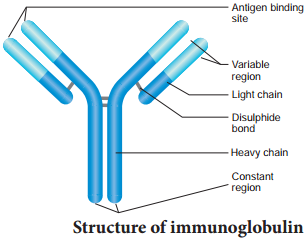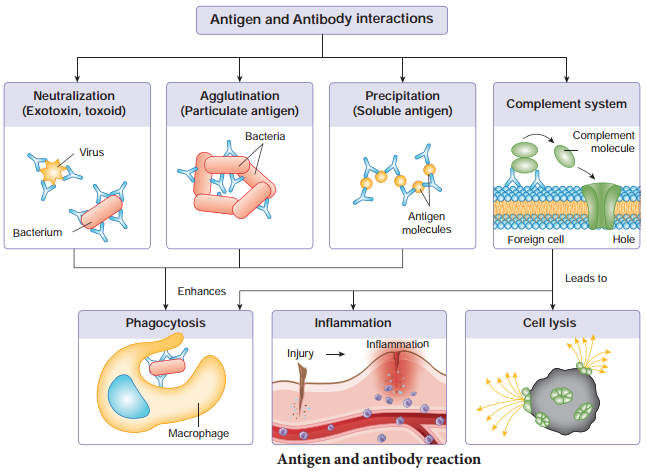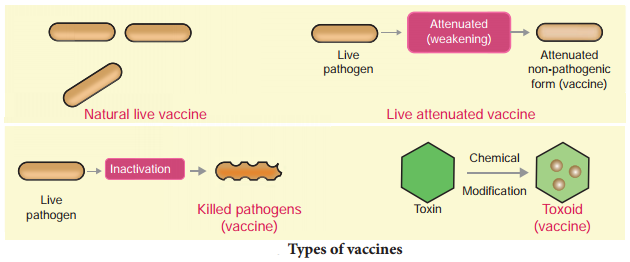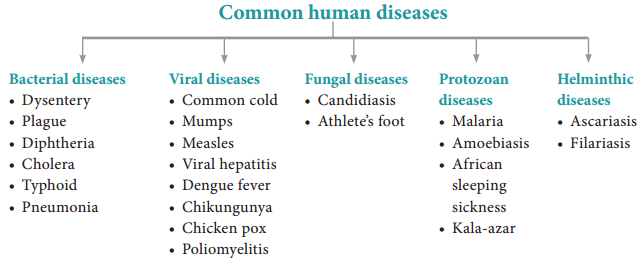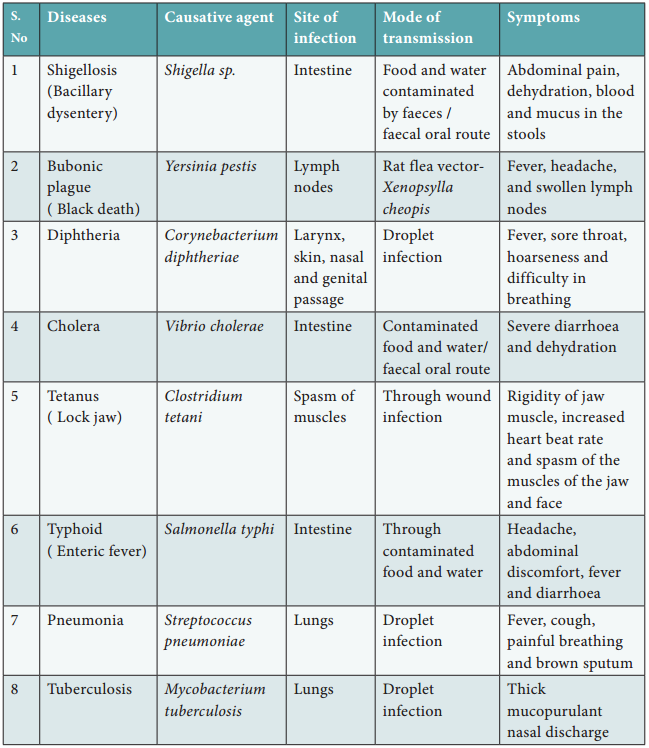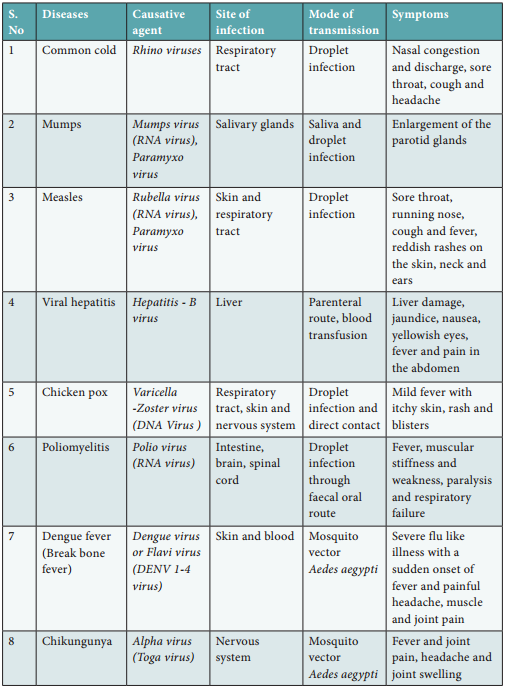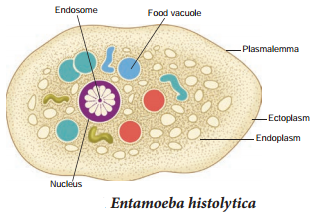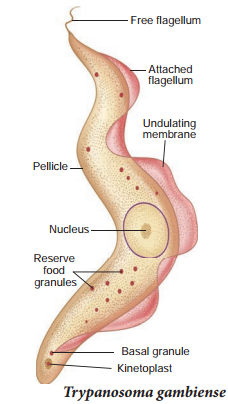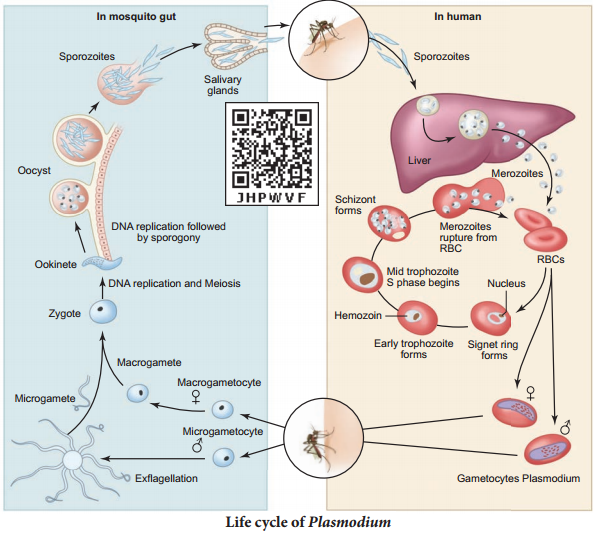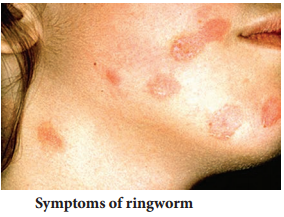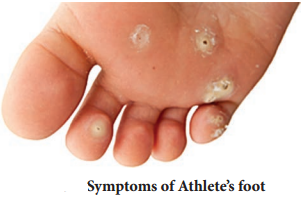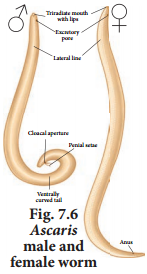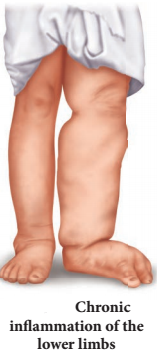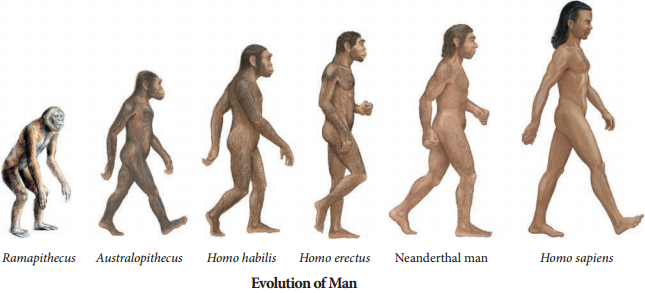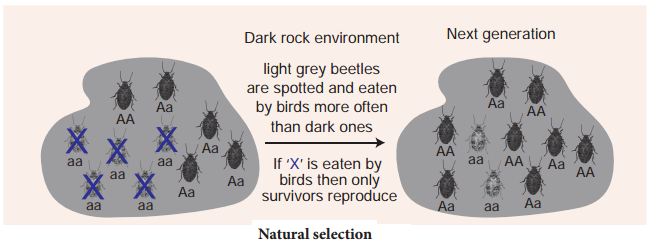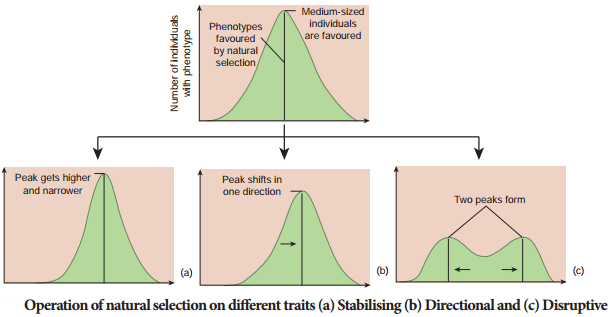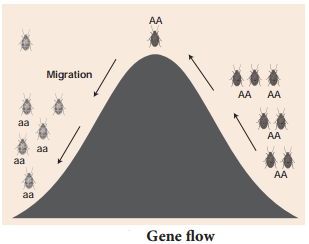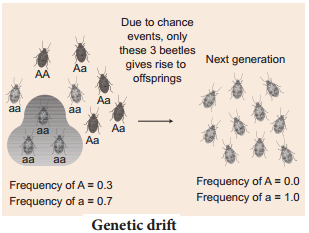Learninsta presents the core concepts of Biology with high-quality research papers and topical review articles.
Microbes In Household Products
In every day life, microbes and their products are used in the preparation of idli, dosa, cheese, curd, yogurt, dough, bread, vinegar, etc., Bacteria like Lactobacillus acidophilus, L. lactis and Streptococcus lactis commonly called lactic acid bacteria (LAB) are probiotics which check the growth of pathogenic microbes in the stomach and other parts of the digestive tract.
The LAB bacteria grows in milk and convert it into curd, thereby digesting the milk protein casein. A small amount of curd added to fresh milk as a starter or inoculum contains millions of Lactobacilli, which under suitable temperature (≤ 40°C) multiply and convert milk into curd. Curd is more nutritious than milk as it contains a number of organic acids and vitamins.
Yogurt is produced by bacterial fermentation of milk, and lactic acid is produced as a byproduct. Microorganisms such as Streptococcus thermophilus and Lactobacillus bulgaricus coagulate the milk protein and convert the lactose in the milk to lactic acid. The flavour in yogurt is due to acetaldehyde.
Cheese is a dairy product produced in a wide range of flavours, textures and is formed by coagulation of the milk protein, casein. During cheese production, milk is usually acidified and the enzyme rennet is added to cause coagulation. The solids are separated and pressed to form cheese. Most cheese are made with a starter bacteria, Lactococcus, Lactobacillus or Streptococcus.
Paneer (cottage cheese) is fresh cheese common in South Asia, especially in India. It is made by curdling milk with lemon juice, vinegar and other edible acids. Large holes in Swiss cheese is due to the production of large amount of carbon-di-oxide by the bacterium Propionibacterium shermanii.
The dough used in the preparation of idlis and dosas are fermented by the bacteria Leuconostoc mesenteroides whereas the dough used in bread making is fermented by Saccharomyces cerevisiae (Baker’s Yeast). Fermentation of glucose mainly forms ethyl alcohol and carbon di-oxide, which is responsible for leavening of dough. When leavened dough is baked, both carbon-di-oxide and ethyl alcohol evaporate making the bread porous and soft.
Single cell protein (SCP)
Single cell protein refers to edible unicellular microorganisms like Spirulina. Protein extracts from pure or mixed cultures of algae, yeasts, fungi or bacteria may be used as ingredient or as a substitute for protein rich foods and is suitable for human consumption or as animal feed.
